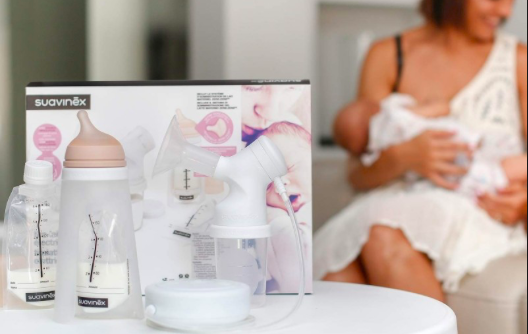Are you a breastfeeding momma or pregnant and planning to breastfeed your little one? If so, props to you. Because breastfeeding, while rewarding, isn’t always as natural as what it’s thought to be. Something that is talked about as a natural and almost easy way to feed your baby is actually far from it. There are so many questions and often so many challenges, especially during those early weeks. One concern some new moms have has to do with foremilk and hindmilk imbalance.
If your baby is overly fussy, is having super foamy green poops, and you have an overactive letdown and or oversupply, this may have been something you have considered. We’re talking foremilk and hindmilk imbalance. So, let’s break down what this is and what you can do about it.
What is Foremilk?
Foremilk is the milk produced at the start of a feed. It looks much thinner and more watery than the creamy hindmilk. This milk has a higher water concentration, and its purpose is to hydrate your baby.
What is Hindmilk?
Hindmilk comes towards the end of a feed, and it has a higher fat content than the milk that comes in the beginning. This is why the hindmilk looks creamier and is more satiating to baby. This milk is what keeps your baby full.
What You Need to Know About a Foremilk and Hindmilk Imbalance
The first thing to know is that the breast only makes one type of milk. The foremilk and the hindmilk are not different types of milk. The difference has to do with when the milk is expressed during a feed.
The foremilk, as discussed, is expressed at the start of a feed, and the hindmilk comes towards the end of a feed. As the feeding or pumping session progresses, the fat in the milk will generally increase as more fat globules are moved down the milk ducts.
So, what’s the problem with baby getting too much foremilk? Too much foremilk can cause a lactose overload. The fatty hindmilk slows down the digestion process in baby’s system. Having too much foremilk, proportionately, can cause a feeding to pass through very quickly. This can cause issues digesting lactose. A baby may get too much of this initial lower-fat milk if a mom has an oversupply, and baby fills up on the abundant foremilk expressed at the start of a feeding.











